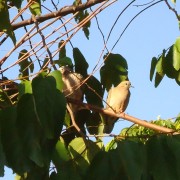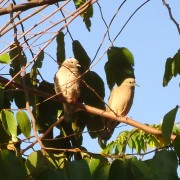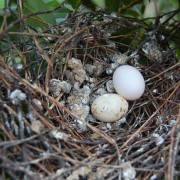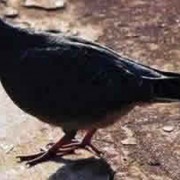Biodiversity
 Eared dove
Zenaida auriculata | Des Murs, 1847
Eared dove
Zenaida auriculata | Des Murs, 1847
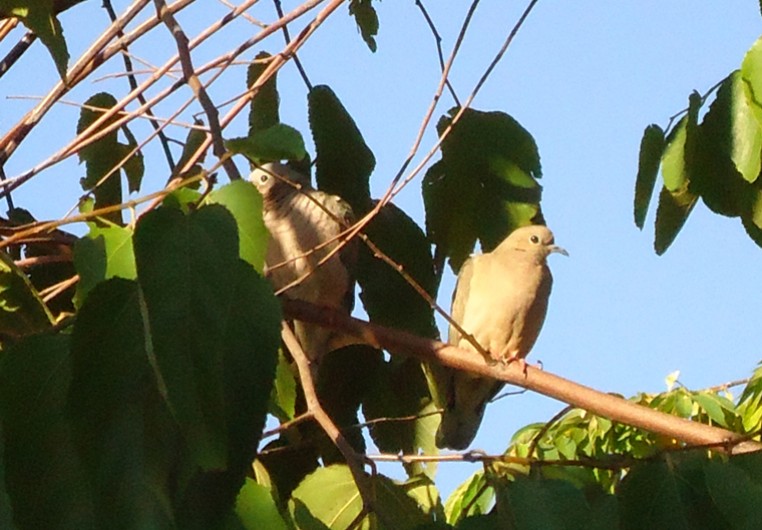
Characterization: The eared dove is a bit smaller than a Juriti (Leptotila sp.). It can be identified for its two black stripes on the sides of its head and a few spots of the same color on its wings.
Distribution: From Central America to Tierra del Fuego and Brazil.
Habitat: Pasture areas, savannas, cereal and sugarcane fields.
Habits: A diurnal species, this bird concentrates in the millions in dovecotes during the breeding season, which lasts 60 to 70 days.
Diet: Herbivorous, specifically granivore, it feeds on pigweed seeds, rice, corn, wheat, and soybeans.
Breeding: It lays 2 eggs in a shallow bowl-shaped nest built on the sandy soil of the northeastern scrublands and, occasionally, in bushes at about two meters from the ground.
In the UFRA area: The eared dove was found in all the farms studied at the São Francisco Sugarmill, thus it has a broad spatial distribution. It is considered quite frequent, as it was spotted 83 times.




